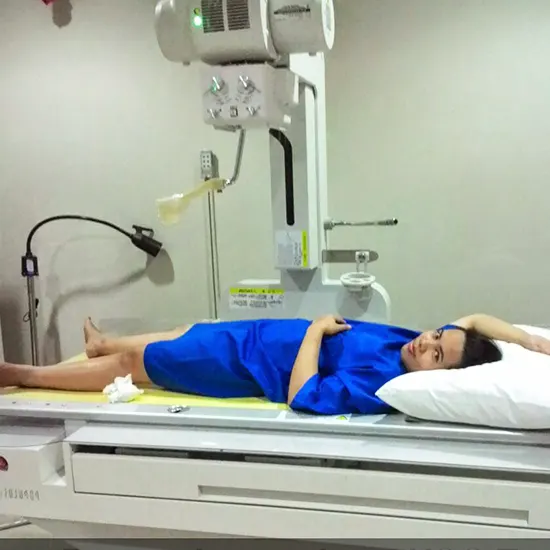
By providing detailed images of the uterus and fallopian tubes, the HSG test can help healthcare providers diagnose and manage a range of gynecological disorders, leading to improved outcomes for women with these conditions.
The Hysterosalpingogram (HSG) Test can also be used to diagnose and manage a range of gynecological disorders that affect the structure and function of the uterus and fallopian tubes. Some of the specific ways that the HSG Test can be used in the diagnosis and management of gynecological disorders include:
Diagnosing Uterine Abnormalities: The HSG Test can be done to identify uterine abnormalities such as polyps, fibroids, and septum. These abnormalities can cause symptoms such as heavy bleeding, pain, and infertility, and can be treated with surgery or any other interventional procedure.
Evaluating Tubal Patency: The HSG Test can confirm the patency or blockage of fallopian tubes, which can affect a women’s fertility. In addition to infertility, tubal blockage can also cause pelvic pain and ectopic pregnancies.
Monitoring the success of tubal sterilization: After a woman has undergone a tubal sterilization procedure to prevent pregnancy, the HSG test can be used to confirm the success of the procedure and ensure that the fallopian tubes are fully blocked.
Assessing the response to treatment: The HSG test can be used to evaluate the effectiveness of certain treatments for gynecological disorders, such as the shrinkage of fibroids following medical therapy.
By providing detailed images of the uterus and fallopian tubes, the HSG test can help healthcare providers diagnose and manage a range of gynecological disorders, leading to improved outcomes for women with these conditions.









